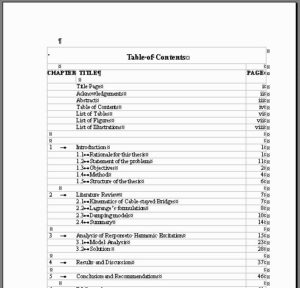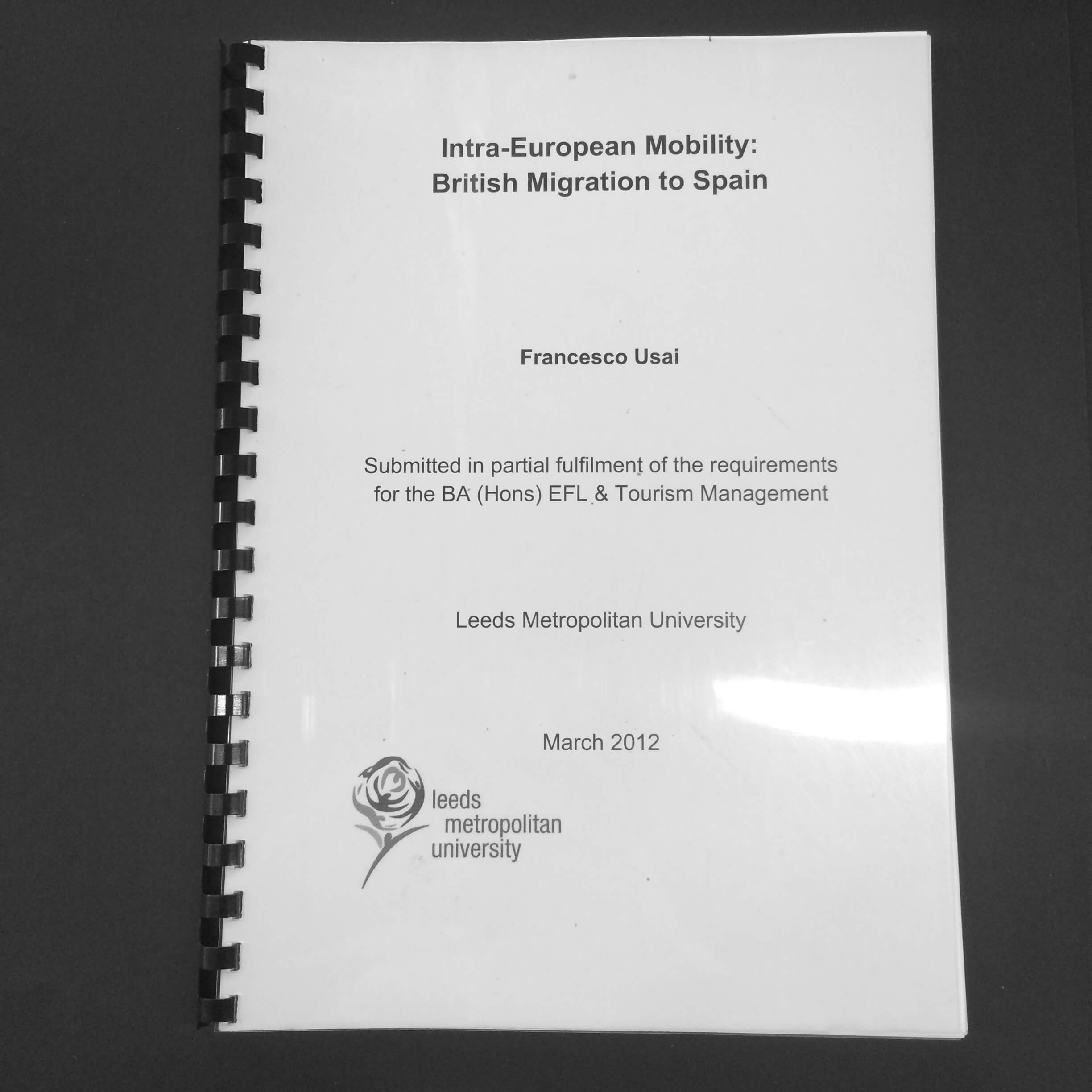Idiopathic Fascicular Ventricular Tachycardia - Europe PMC.
Fascicular tachycardia is also known in several names. It forms the bulk of the causes for idiopathic left ventricular VTs .Other being LVOT VT. Described first by Cohen in 1974, followed by Zipes, when they noticed it was possible to reproduce atrial induction of VT. Belhassen in 1984 found the verapamil sensitivity of this VT.This ECG is from a man who was experiencing palpitations and light-headedness with near-syncope. On first look, you will see a wide-complex tachycardia (WTC) with a rate around 240 per minute. It is difficult to assess for the presence of P waves because of the rate and the baseline artifact. The differential diagnosis of WCT includes ventricular tachycardia and supraventricular tachycardia.We present two cases of idiopathic fascicular VT and discuss the unique electrocardiographic, electrophysiologic, and electropharmacologic properties that make it an identifiable and treatable arrhythmia in the ED. (Elswick BD, Niemann JT: Fascicular ventricular tachycardia: An uncommon but distinctive form of ventricular tachycardia.
Idiopathic fascicular left ventricular tachycardia was first described as an electrocardiographic entity by Zipes et al 1 and subsequently as a clinical entity by Lin et al. 2 The tachycardia originates in the region of the left posterior fascicle of the left bundle and is characterized by a right bundle branch block morphology with left-axis.Idiopathic “fascicular” left ventricular tachycardia (IFLVT) is frequently not inducible or nonsustained at the time of planned catheter ablation. The mechanism of the arrhythmia has been suggested to be reentry involving a sizable area of the LV inferior septum extending from base toward the apex.

The Ganges and its tributaries give an enduring wellspring of watering system to a huge territory yielding in format introduction essay, lentils, format introduction essay, potatoes, oil seeds and wheat. Along the depository of the stream, the vicinity of marshes and esssay give a rich developing zone to harvests, for example, chillies, sugarcane, mustard, vegetables, sesame, and jute.












